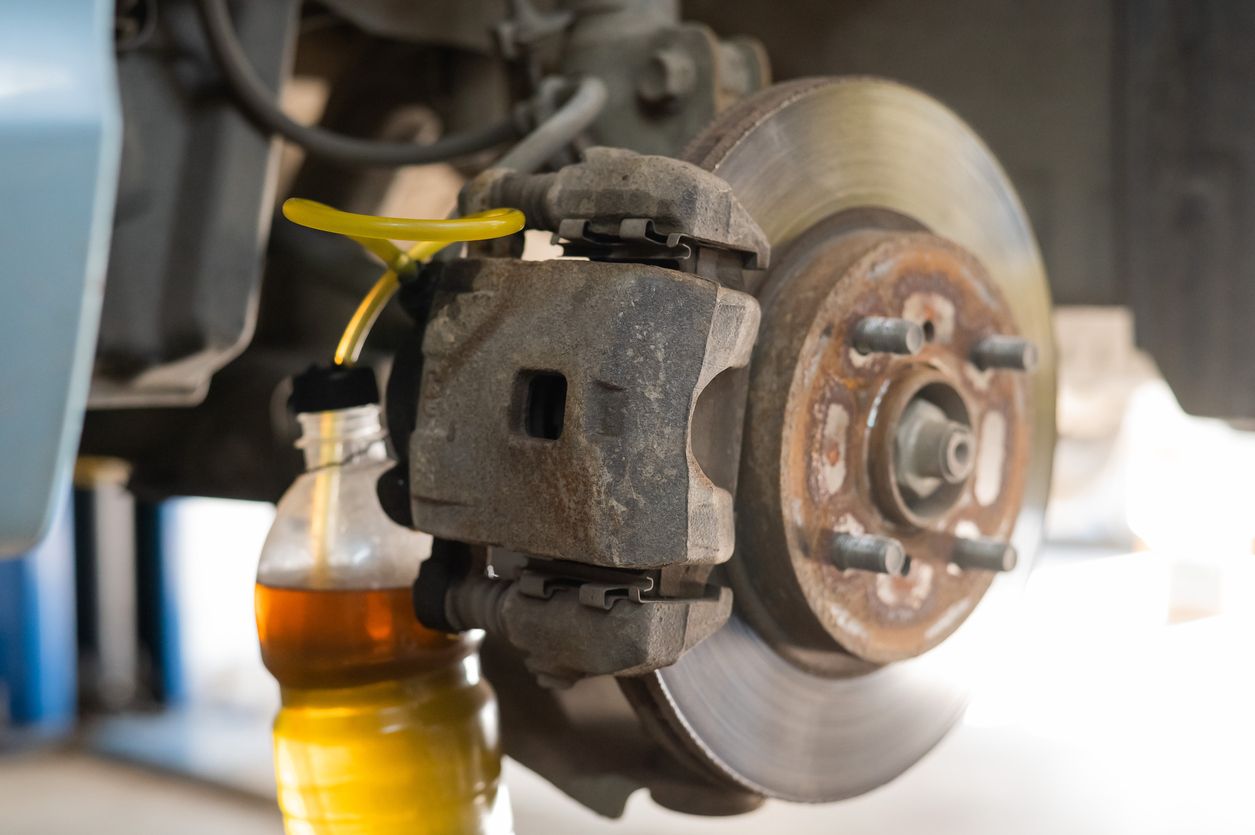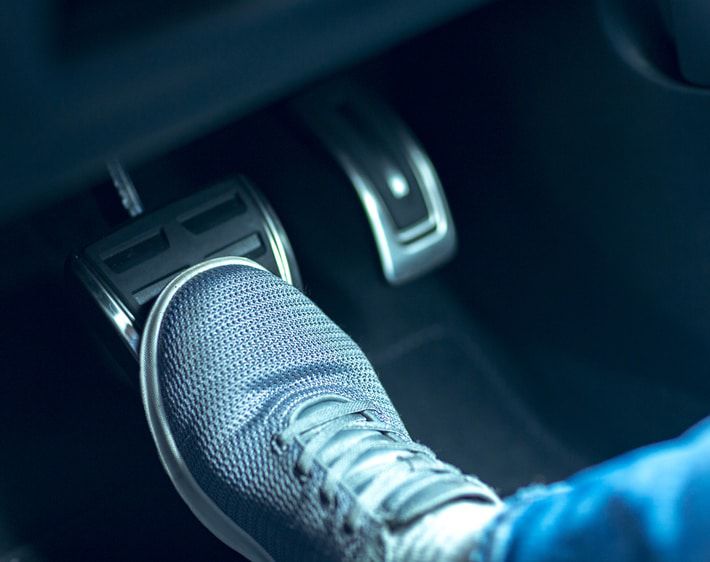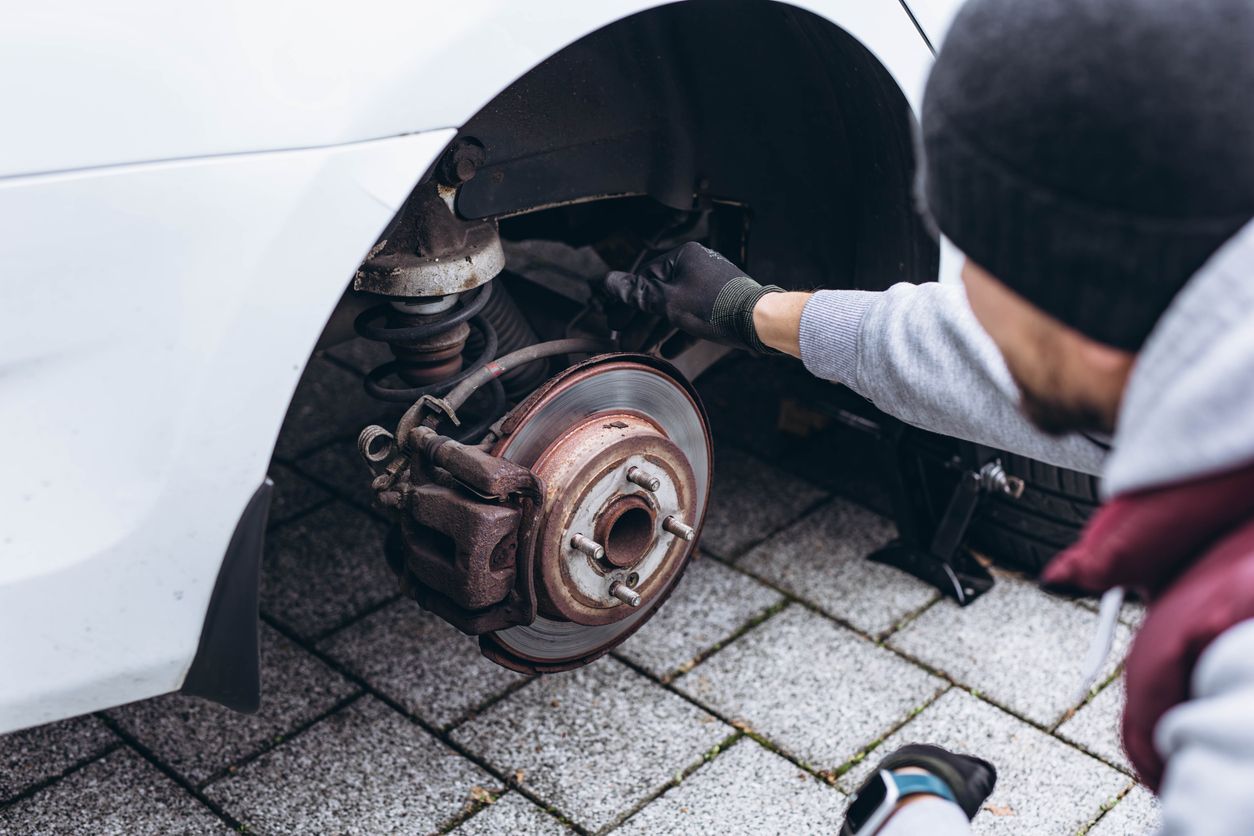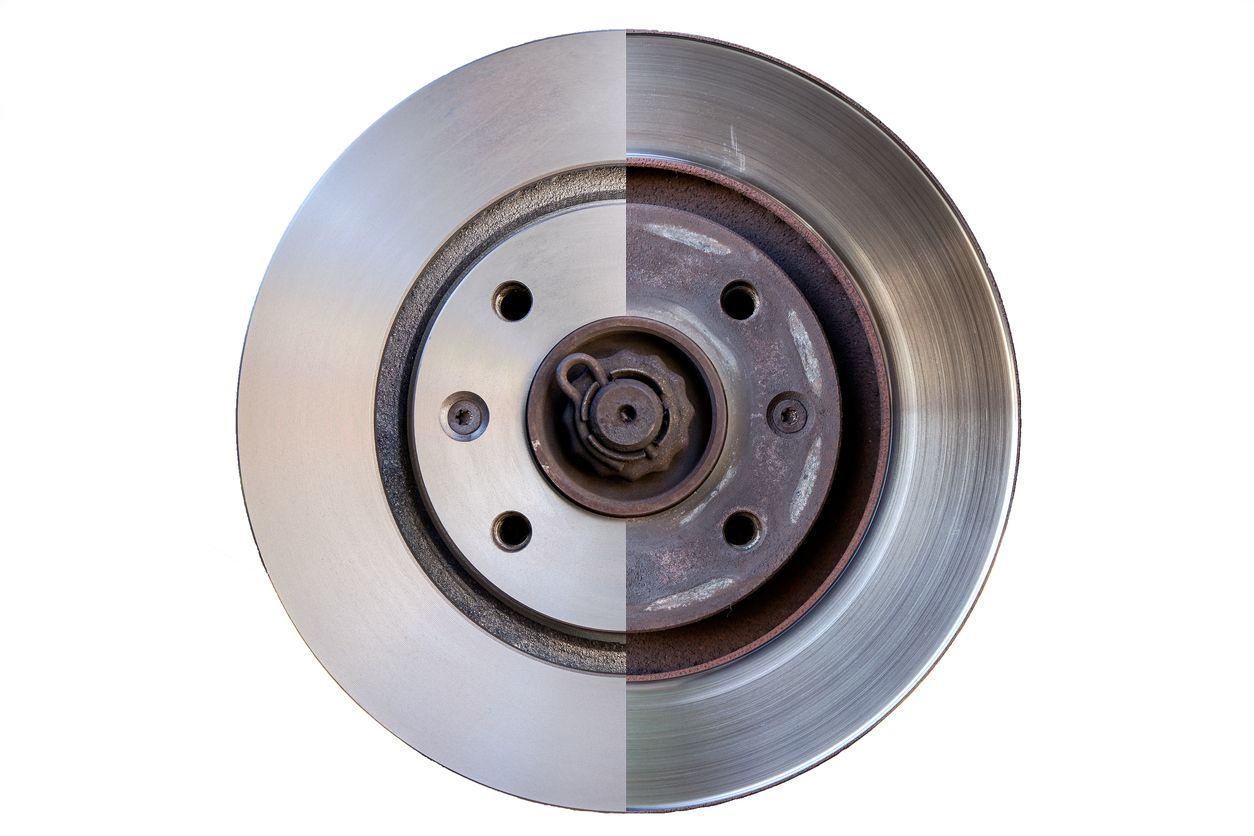A vehicle is made up of a combination of important components that work together to keep you moving safely. But once you’re moving, you also need the ability to stop. All modern vehicles have a hydraulic brake system that pressurizes, and transfers brake fluid to the wheel brake assemblies to stop your car. That system requires an occasional inspection, and some required maintenance.
Bleeding brakes is the process of removing air bubbles from the brake lines. Brake fluid exchanges are the process of replacing aged brake fluid with clean brake fluid. A brake fluid exchange is an important maintenance task recommended by some vehicle manufacturers.
THE ROLE OF BRAKE FLUID
Brake assemblies are a complex system made up of a variety of components, including pads, rotors, wheel cylinders, lines and hoses, and shoes and drums. When you press down on the brake pedal, brake fluid applies pressure to the brake pads and then onto the rotors and causes the car to slow down and stop.
When brake fluid gets low, not only could it indicate that your brake pads or shoes are worn, but your hydraulic brake system risks also ingesting air which can be potentially serious and unsafe. Here are a few signs that your brake fluid is low or leaking:
- Soft pedal: Also referred to as spongy brakes, a soft pedal is when the brake pedal feels “spongy” as more pressure is applied on the pedal and the pedal may sink lower to the floor. This could be a sign that air has entered the hydraulic system.
- Oily puddle under the car: Brake fluid can leak from several areas, including the hoses, around the calipers and from the master cylinder. Leaks should be fixed as soon as possible because brake fluid levels will be dropping quickly, and air could be getting into the hydraulic system.
- ABS warning light: The ABS (anti-lock braking system) light indicates that there is a malfunction with the antilock braking system, which could be a brake fluid leak or something more serious.
- Old brake pads: Thin brake pads will require more brake fluid to remain near the wheels, which makes the brake fluid reservoir appear low.
BRAKE FLUID EXCHANGES VS. BRAKE BLEEDING
Brake fluid exchanges involve removing virtually all the brake fluid from the system and replacing it with fresh fluid. Brake bleeding is the process of removing air from the hydraulic brake system, and while some old fluid may be flushed out in the process, most of the brake fluid will remain in the system. If you’re doing a full brake fluid exchange, your brakes will be bled as part of the service, but not every brake bleeding includes a full fluid replacement.
HOW TO BLEED BRAKES YOURSELF
WARNING: Bleeding brakes yourself requires the proper tools and thorough knowledge of the brake system. Since air bubbles in the brake lines can lead to reduced braking performance and potential safety hazards, we strongly recommend leaving the process to the professionals at Firestone Complete Auto Care.
If you’re curious, the bleeding brakes process generally goes like this:
- The vehicle is jacked up.
- Locate but do not yet open the bleeder screws on each caliper or wheel cylinder, which will later be loosened one at a time. Identify if your vehicle has additional bleeder screws located in other parts of the hydraulic system, such as near the ABS hardware. Only one screw should be loosened at a time to avoid letting more air into the system. Additionally, learn in which order to bleed each of the bleeder screws.
- Look under the hood to check the fluid level in the brake master cylinder reservoir. Add fresh fluid if the level is lower than the marked “full” line.
- A piece of clear tubing is typically fit over the end of a bleeding screw with the other end of the tube in a container.
- A second person pumps the brake pedal until they feel the resistance increase. The pedal should then be held depressed.
- As one bleeder screw is opened, fluid passes through the loosened bleeder screw into the waiting container. At the same time, the brake pedal will drop towards the floor.
- The bleeder screw is tightened. The second person can then take their foot off of the brake pedal.
- Add more brake fluid to the master cylinder to the “full” line.
- Repeat the process for each of the bleeder screws in the order recommended by the vehicle manufacturer. The set of bleeder screws may need to be bled multiple times depending on the amount of air initially in the hydraulic system.
Check the owner’s manual of your car to see when/if a fluid exchange is recommended.
Are your brakes due for service? Bring your vehicle to Firestone Complete Auto Care, and our expert technicians can take a look at your brake system and let you know if you need a brake bleed, brake fluid exchange or something else altogether



